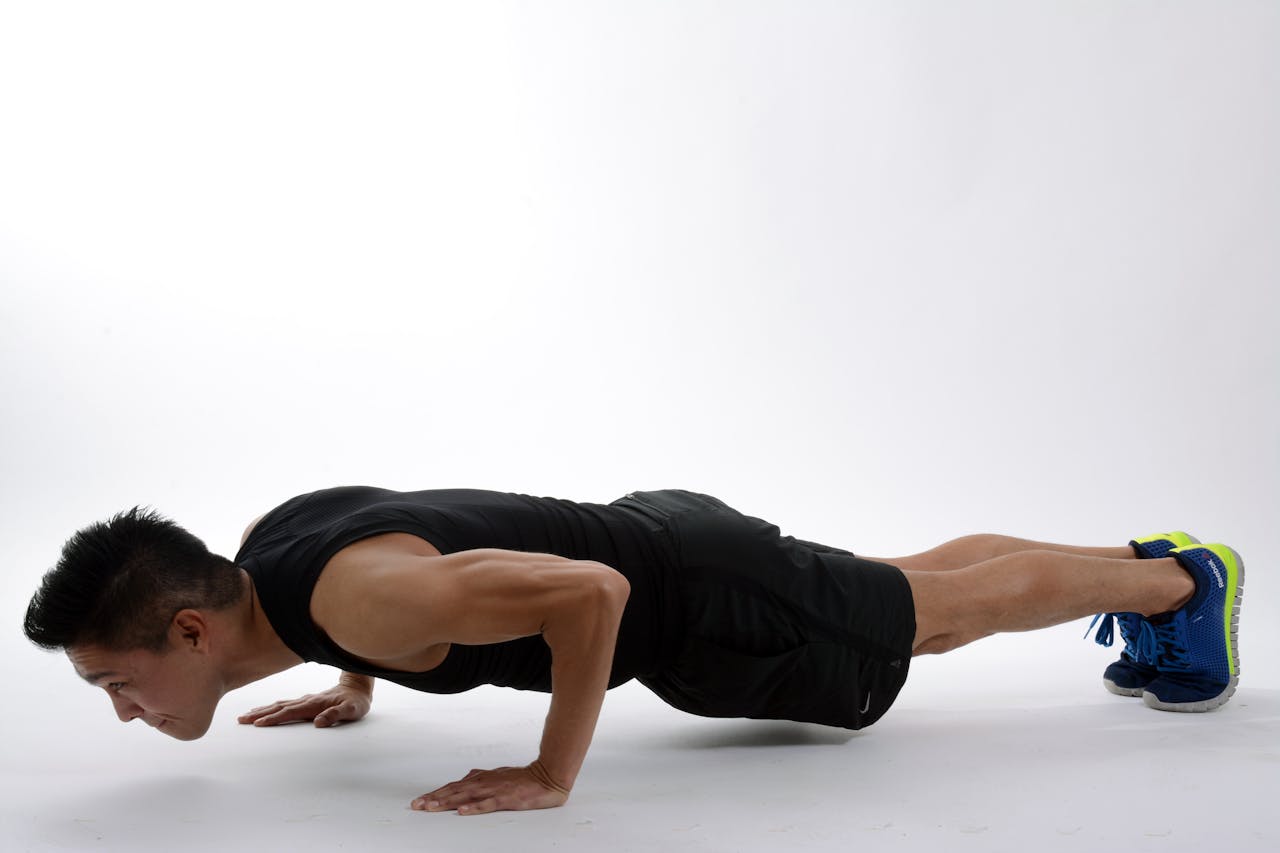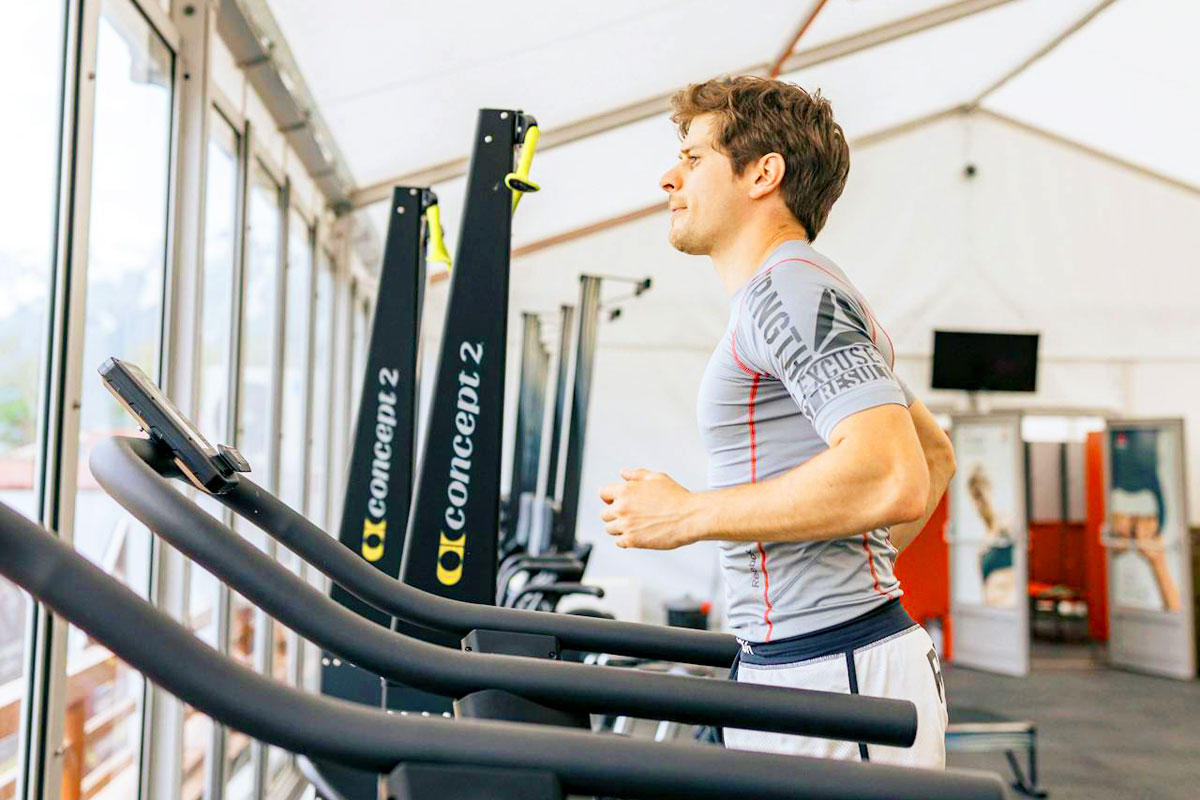The Synergy Between Breathing and Body Alignment
There exists a profound synergy between natural or diaphragmatic breathing and various aspects of our physical health, such as postural alignment, cardiovascular efficiency, joint restrictions, and muscle imbalances. Oxygen is an essential element that sustains our daily activities and facilitates recovery. Yet, many of us neglect proper breathing techniques, often unaware of the negative effects this has on our health.
Improper breathing, characterized by shallow and quick inhalations, activates the overuse of secondary muscles involved in chest expansion, such as those in the chest, upper back, and neck. Over time, this misuse leads to the overdevelopment of these muscles, accompanied by increased joint strain in the shoulders and scapula. The consequences of acute improper breathing are evident in physical symptoms like a tilted head, rounded shoulders, and even chest pain. These symptoms are often exacerbated by anxiety and stress, potentially causing additional issues such as lower back pain due to postural misalignment.
Understanding Proper Breathing Techniques
Correct breathing begins with utilizing the diaphragm, the primary muscle located beneath the rib cage. By consciously inhaling deeply and expanding the lower abdomen, individuals can retrain themselves to breathe naturally. Engaging the diaphragm and deep abdominal transverse muscles helps release tension in the upper extremities, improving posture and increasing the intake of oxygen through the cardiorespiratory system.
The technique is simple: breathe in through the nose and exhale through the mouth. Practicing natural and diaphragmatic breathing during breaks from sedentary activities provides not only physical benefits but also mental relaxation. Over time, this practice improves posture, reduces muscular tension, and enhances overall respiratory efficiency.
The Role of Proper Breathing in Physical Activity
Correct breathing plays a pivotal role in physical activities, especially strength and conditioning programs designed for body fat reduction or sports performance. Conscious breathing enhances performance, improves body awareness, prevents injuries, and contributes to better overall results.
For instance, during strength training exercises, improper breathing can lead to light-headedness, muscle imbalances, and joint restrictions due to overactive or deconditioned muscles. On the other hand, proper breathing techniques optimize oxygen delivery to working muscles, increasing aerobic stamina, reducing fatigue, and improving recovery times. This is crucial not only for athletic endeavors but also for everyday tasks that demand physical exertion.
Breathing as a Tool for Correcting Muscle Imbalances
Muscle imbalances often arise from chronic improper breathing patterns, where certain muscles are overused while others remain underactive. This imbalance can lead to poor posture, limited range of motion, and an increased risk of injury. Diaphragmatic breathing helps restore balance by engaging the deep core muscles, which play a vital role in stabilizing the spine and maintaining proper alignment.
Moreover, practicing diaphragmatic breathing can alleviate tension in overactive muscles, such as those in the neck and shoulders, while activating underused muscles in the core and lower back. This holistic approach to breathing not only improves muscular symmetry but also enhances joint mobility, contributing to a more balanced and resilient musculoskeletal system.
Applying Breathing Techniques in Everyday Life
What is taught in the gym has far-reaching applications in everyday life. Developing proper breathing habits and integrating them into routine activities can yield long-term benefits. For example, individuals who practice diaphragmatic breathing during desk work may experience reduced back and neck pain, improved focus, and increased energy levels.
Additionally, incorporating balanced exercise progression habits early on ensures sustained results. A comprehensive plan that includes proper breathing techniques, sensible nutrition, adequate sleep, and guidance from experienced trainers sets the foundation for a healthy lifestyle.
The Mental Benefits of Diaphragmatic Breathing
Beyond the physical advantages, diaphragmatic breathing offers significant mental health benefits. By promoting relaxation and reducing stress, this technique serves as a powerful tool for managing anxiety and enhancing overall well-being. The act of consciously focusing on the breath fosters mindfulness, helping individuals stay present and centered.
Incorporating breathing exercises into daily routines, such as during a walk or while meditating, can provide a mental reset. This practice cultivates a sense of calm and clarity, enabling individuals to approach challenges with a balanced mindset.
Integrating Breathing Techniques into Fitness Routines
To maximize the benefits of diaphragmatic breathing, it should be seamlessly integrated into fitness routines. For example, during weightlifting exercises, exhaling during the exertion phase and inhaling during the relaxation phase helps stabilize the core and enhance performance. Similarly, in endurance activities like running or cycling, rhythmic breathing ensures consistent oxygen supply, delaying the onset of fatigue.
Trainers and fitness enthusiasts should prioritize education on proper breathing techniques as part of their training programs. By emphasizing the importance of breathing, they can help clients achieve their fitness goals more efficiently while minimizing the risk of injury.
Breathing is a fundamental aspect of human life, yet its significance is often overlooked in the context of health and fitness. Embracing diaphragmatic breathing not only improves physical performance and posture but also enhances mental well-being. By adopting this natural and holistic approach, individuals can unlock their full potential, both in and out of the gym. Remember, every breath you take is an opportunity to strengthen your body and mind—so breathe deeply, live fully, and thrive.
Julio A. Salado, AFAA & NASM* C.P.T
Fitness Foundry designed for healthy living.©
Certified Personal Trainer
Assess, Initiate, Motivate
fitnessfoundry.net













